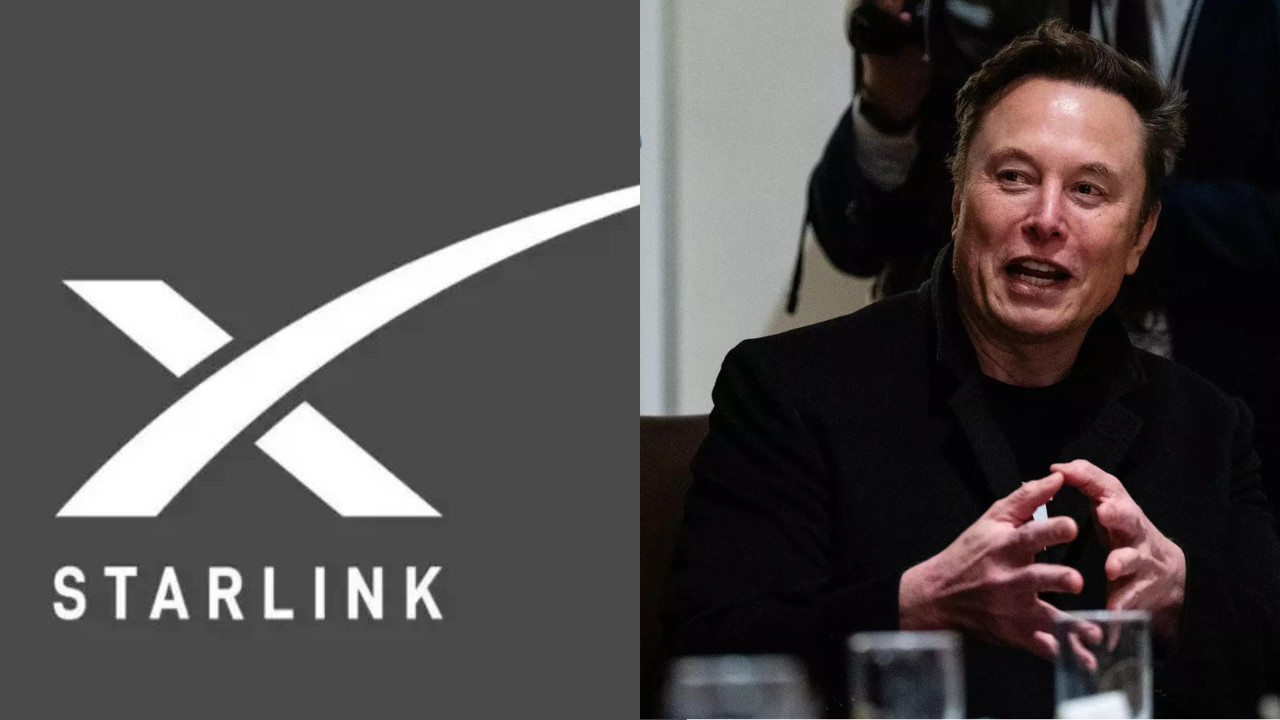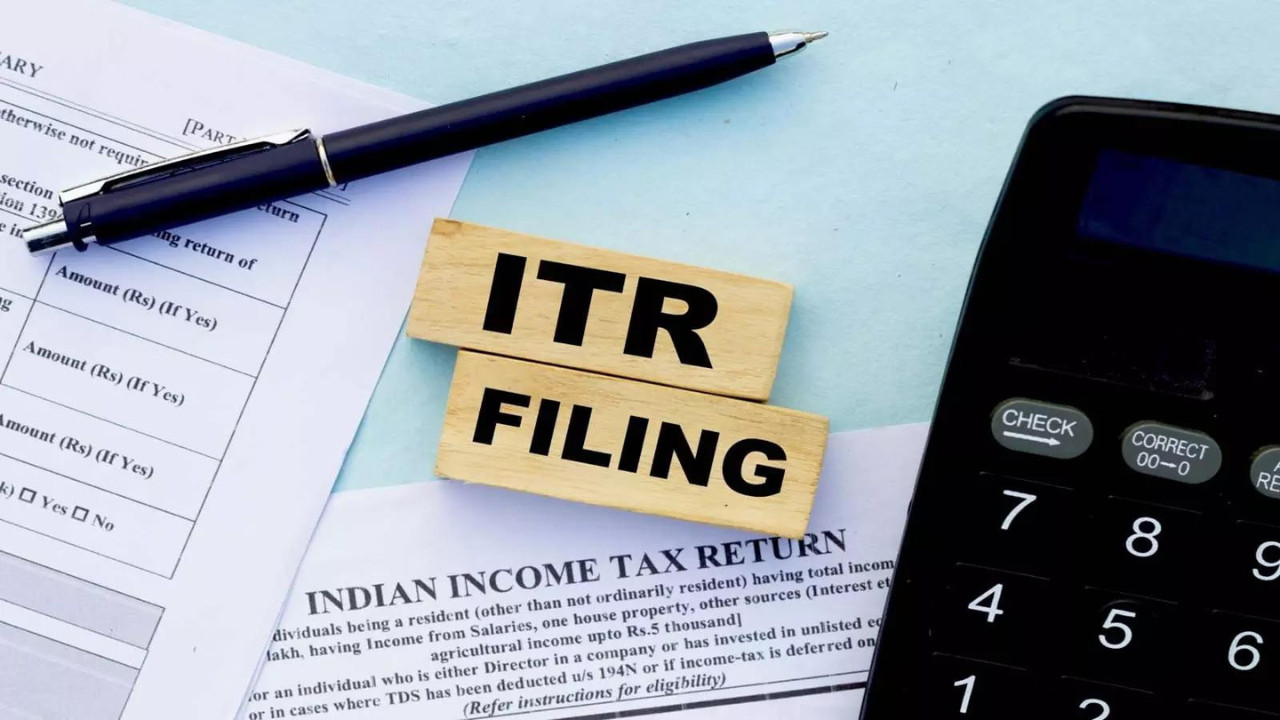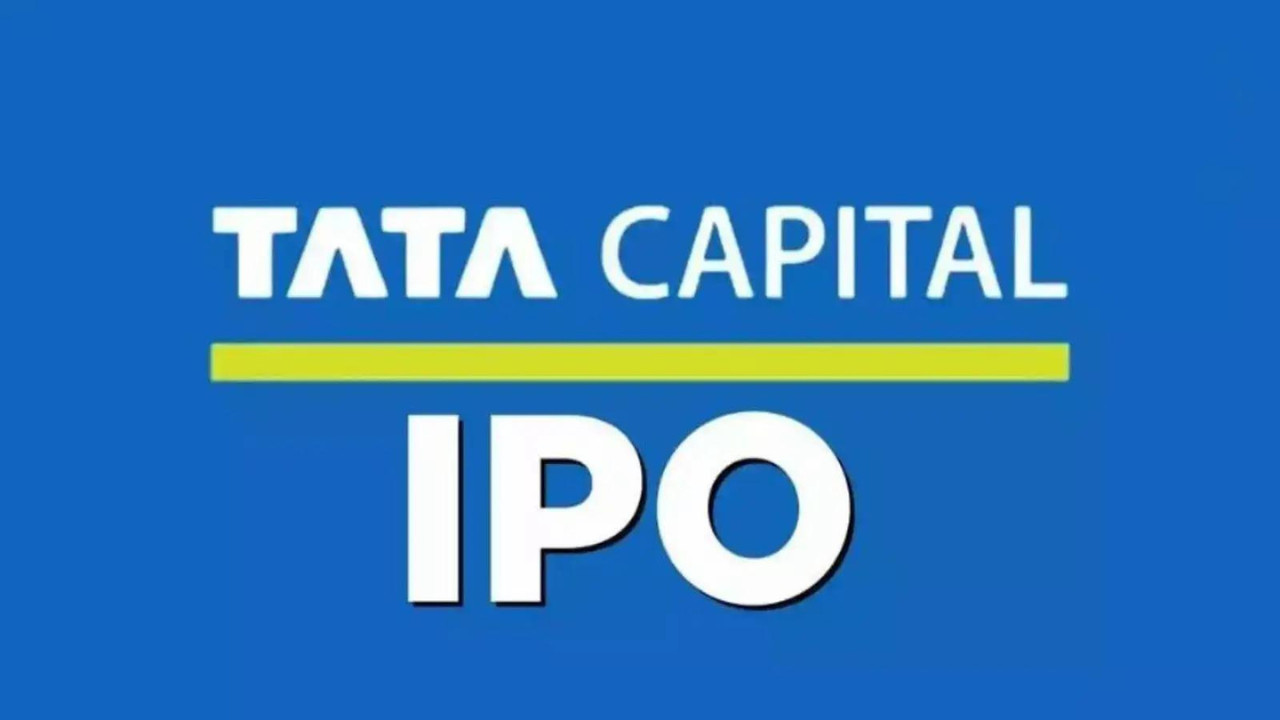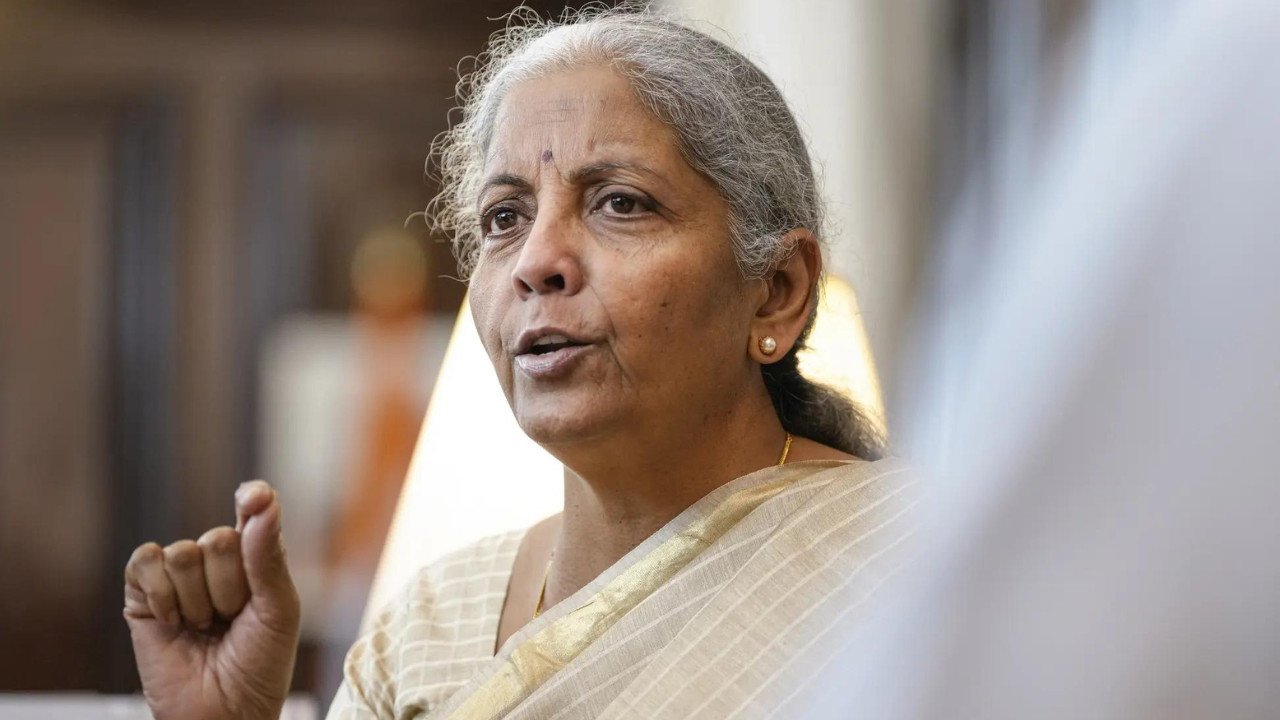Starlink’s India operations will store all network data and user traffic within the country, ensuring domestic user information remains within national boundaries, according to Communications Minister Chandra Sekhar Pemmasani. Having secured full authorization, Starlink is set to establish ground infrastructure and awaits spectrum allocation, joining Eutelsat OneWeb and Reliance Jio-SES JV in providing satellite-based broadband services.
Starlink’s India Launch: Data Stays Home, Routes Defined
The skies above India are about to get a little more crowded, but in a good way. Starlink, Elon Musk’s ambitious satellite internet venture, is preparing to beam its services across the country after securing the necessary licenses last month. But this isn’t just about faster internet in remote areas; it’s a story of data sovereignty, strategic routing, and a changing landscape for internet access.
The big news? Your data, if you’re a Starlink user in India, is staying put. The government has stipulated that all data generated by Starlink users within India must be stored locally. This is a significant win for data privacy advocates and aligns with the growing global trend of prioritizing national data security.
Data Localization: A Key Requirement for Starlink
The government’s insistence on data storage in India isn’t just a random request. It reflects a broader policy push to ensure greater control over how Indian citizens’ data is handled and protected. It’s about safeguarding sensitive information and ensuring that Indian laws govern its access and usage. Think of it as a digital border control for your information. While it might add a layer of complexity for Starlink, it’s a move that resonates deeply with the nation’s commitment to digital sovereignty.
This requirement also levels the playing field. Other internet service providers operating in India already adhere to similar data localization norms. By applying the same rules to Starlink, the government is ensuring fair competition and preventing any potential advantages based on data handling practices.
Navigating the Network: Strict Routing Protocols
Beyond data storage, the government has also laid down strict guidelines concerning data routing. The aim is to keep data traffic within India’s borders as much as possible. This means that your cat videos, your work emails, and your late-night online shopping sprees will primarily travel through Indian internet infrastructure.
These routing rules are designed to enhance security and reduce reliance on international networks, which can be vulnerable to interception or disruption. By keeping the data flow local, India can better monitor and manage its own digital traffic, bolstering national security and ensuring a more resilient internet infrastructure.
What This Means for Starlink and India
Starlink’s entry into the Indian market is undoubtedly a game-changer. It holds the promise of bringing high-speed internet to underserved communities, particularly in rural and remote areas where traditional internet infrastructure is lacking. Imagine farmers accessing real-time market data, students participating in online classes, and healthcare professionals providing telemedicine services – all powered by the constellations of satellites orbiting overhead.
However, complying with the government’s data localization and routing requirements will present unique challenges. Starlink will need to invest in setting up secure data storage facilities within India and implement routing protocols that comply with the new regulations. This could potentially increase operational costs and complexity.
Despite these challenges, Starlink’s commitment to India is evident. The company has already started taking pre-orders for its services and is actively working to meet the regulatory requirements. The potential rewards are significant: a massive market with a growing demand for high-speed internet, particularly in areas where traditional infrastructure is lacking.
The Future of Internet Access in India
Starlink’s arrival in India marks a pivotal moment in the evolution of internet access. It demonstrates the growing importance of satellite technology in bridging the digital divide and connecting remote communities. The government’s proactive approach to data localization and routing sets a precedent for other countries grappling with similar issues of data sovereignty and national security.
The interplay between innovation and regulation will continue to shape the future of internet access in India. As Starlink and other players navigate the evolving landscape, the focus will undoubtedly remain on ensuring secure, reliable, and accessible internet for all Indians. Learn more about India’s growing digital economy and its impact on global tech trends.
In the coming months, we can expect to see Starlink ramp up its operations in India, deploying its technology and expanding its reach. The success of this venture will depend not only on its technological prowess but also on its ability to navigate the complex regulatory environment and align its operations with India’s vision for a secure and digitally empowered nation.







